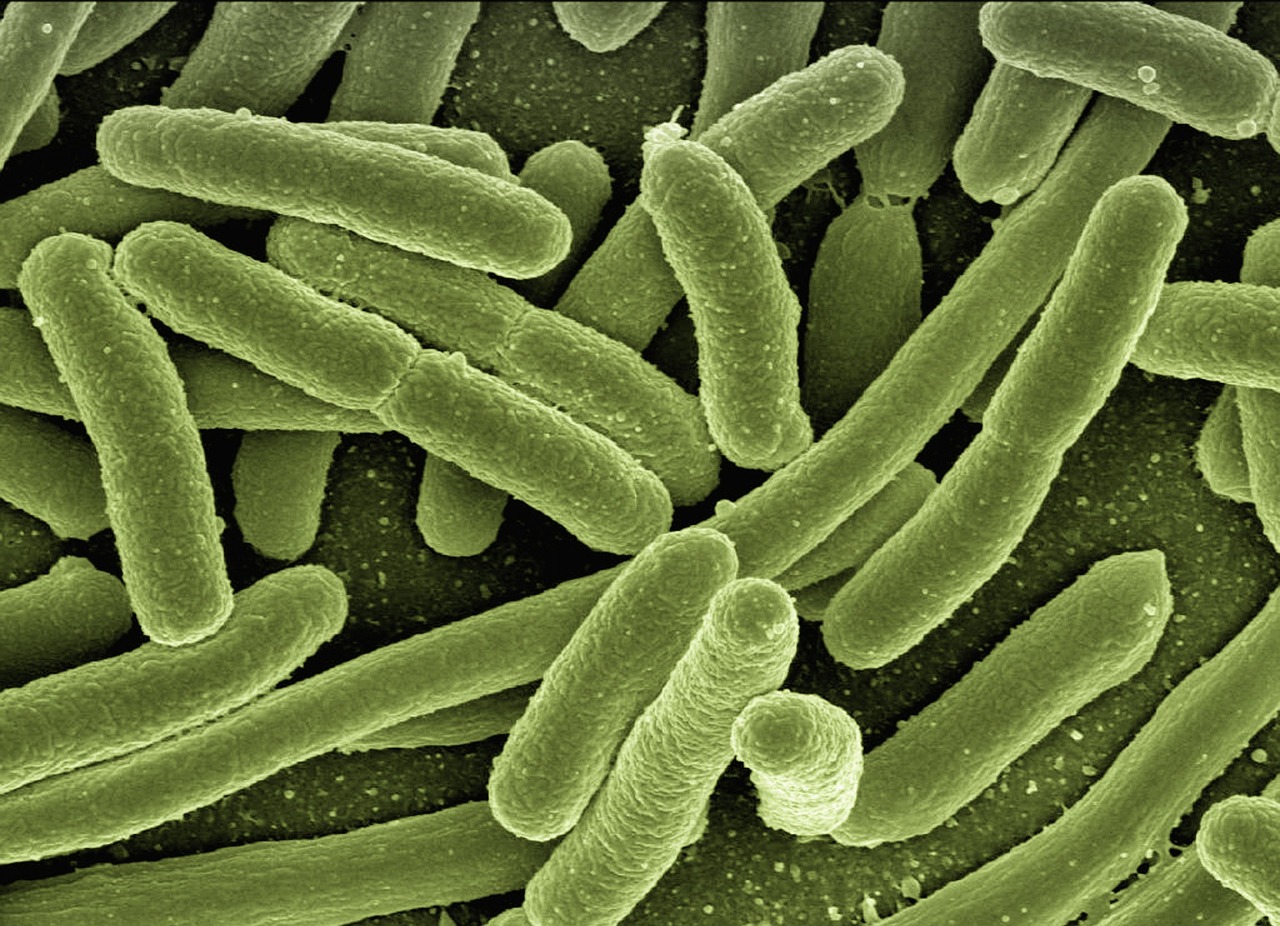Tetanus: How a Tiny Bacterium Can Paralyze and Kill

Have you ever wondered why, after falling and injuring yourself, your parents take you to a doctor who administers an injection? This precaution is taken to prevent tetanus, a life-threatening condition caused by the bacterium Clostridium tetani. It is a medically significant species of the genus Clostridium. Clostridium tetani is an anaerobic (ability to grow in the absence of oxygen), spore-forming, gram-positive rod.
Tetanus produces spores that are widespread in soil and can enter the body through wounds sustained from falls or injuries. Another potential entry point is through “skin-popping,” a technique used by drug addicts to inject drugs directly under the skin. Spore germination is favored by necrotic tissue and poor blood supply in the wound. In some developing countries, the organism enters the neonate through a contaminated umbilicus or circumcision wound, which is termed neonatal tetanus.
After entering the body, the infection is caused by an exotoxin encoded by a plasmid and produced by the vegetative cells of Clostridium tetani at the wound site. This polypeptide toxin is carried intra-axonally to the central nervous system and binds to ganglioside receptors and blocks the release of inhibitory mediators at spinal synapses. This toxin is the most toxic substance known and is a protease that cleaves the proteins involved in mediator release from the neurons. It has one antigenic type and therefore only one antigenic type of tetanus toxoid is present in the vaccine against the tetanus.
Tetanus is characterized by severe muscle spasms, also known as spastic paralysis. One common symptom is lockjaw, which occurs due to the rigid contraction of the jaw muscles and prevents the mouth from opening. This produces a distinctive grimace called risus sardonicus. Exaggerated reflexes are common. Opisthotonos, a pronounced arching of the back due to the spasm of strong extensor muscles of the back, is often seen. Also, respiratory failure ensues, and a high mortality rate follows.
There is no microbiologic or serologic test for diagnosing tetanus. However, the bacterium’s appearance resembles a tennis racket due to the formation of terminal spores at the end of its rod-shaped structure.
Tetanus antitoxin is given to neutralize the toxin. If antibiotics are given, then either metronidazole or penicillin G can be prescribed. Respiratory support must be given, and an adequate airway must be maintained. Benzodiazepines should be given to prevent spasms.
Tetanus can be prevented through routine tetanus toxoid vaccination administered during childhood and repeated every ten years. The vaccine is typically given in combination with diphtheria toxoid and acellular pertussis vaccine (DTaP). When trauma happens, the wound should be properly cleaned and debrided, and a tetanus toxoid booster should be given. If the wound is grossly contaminated, the tetanus immune globulin as well as tetanus toxoid should be given with penicillin administered. Half of the immunoglobulins should be infiltrated into the wound and the other half is given intramuscularly at a site separate from tetanus toxoid.
Similar Post You May Like
-

CFCs, HFCs and their long, troubled history
At its peak, the ozone hole covered an area 7 times larger than the size of Europe, around 29.9 million km2, and was rapidly expanding
-

The Origin of Universe: Deciding point where it all began!
Let us unravel and surf through the ideas throughout ages to understand what the universe and its origin itself was to its inhabitants across history.
-

The Artemis Program
Inspired by the Greek goddess of the Moon, twin sister to Apollo, the artimis program was named on 14 May 2019 by Jim Bridenstine.






